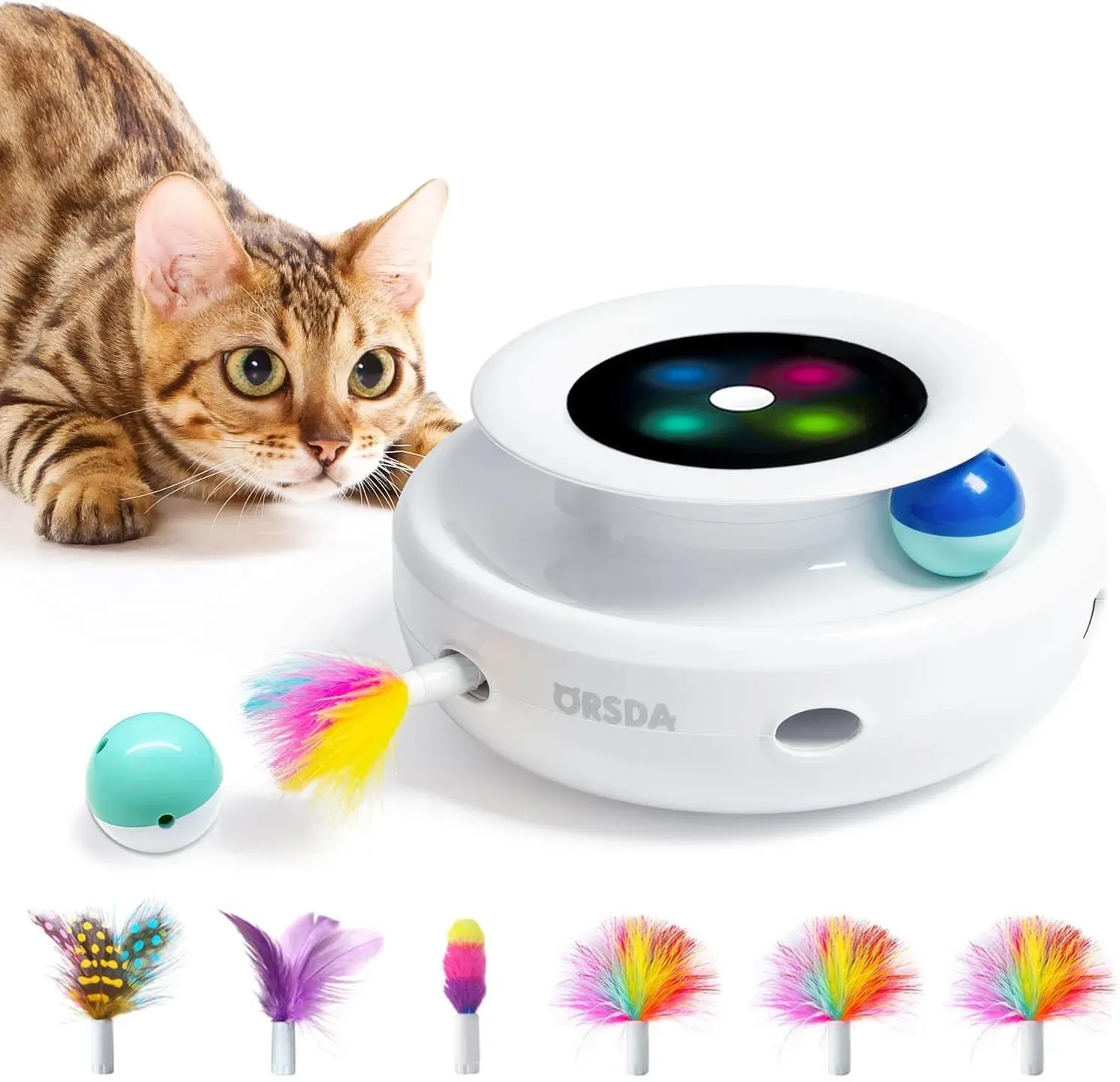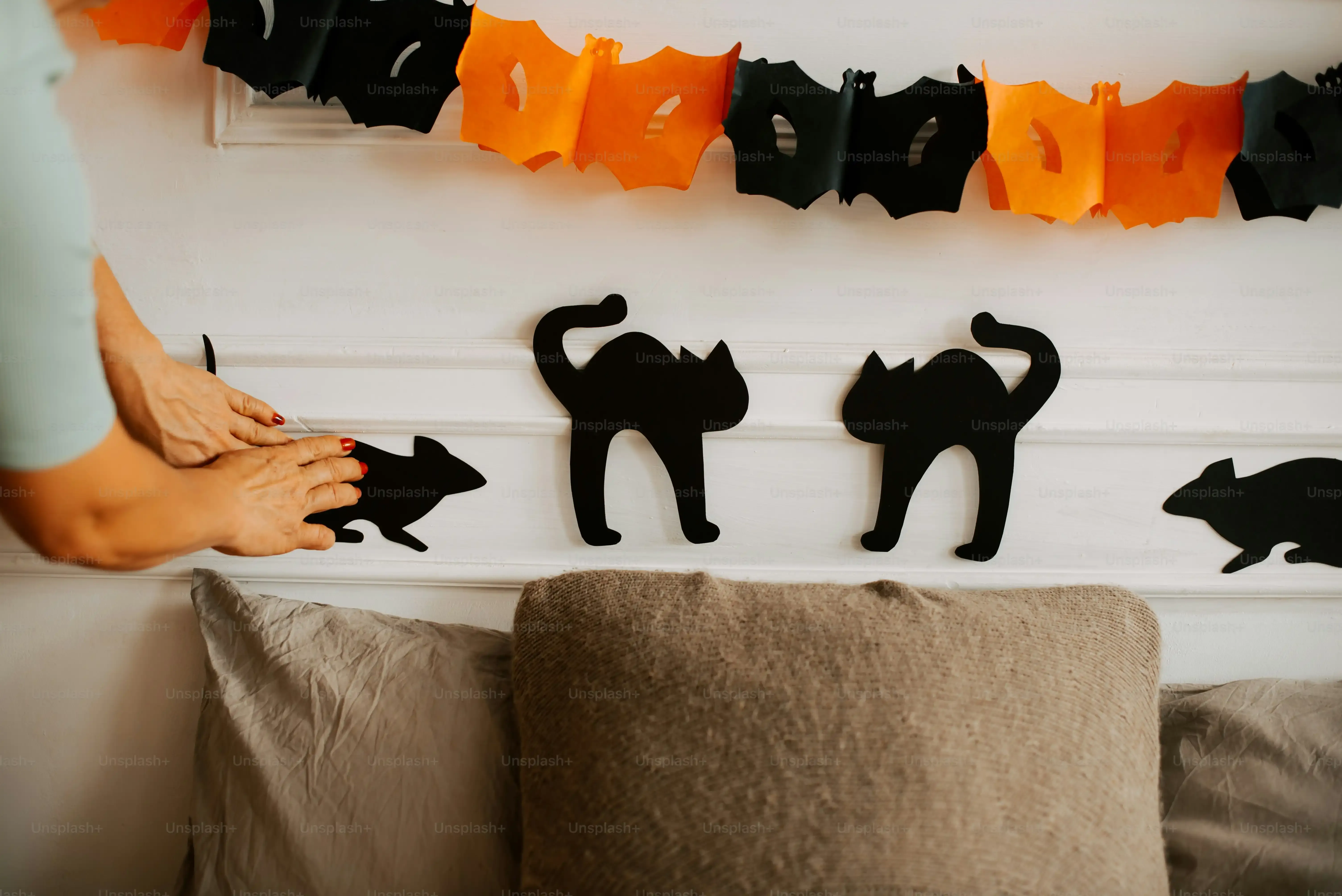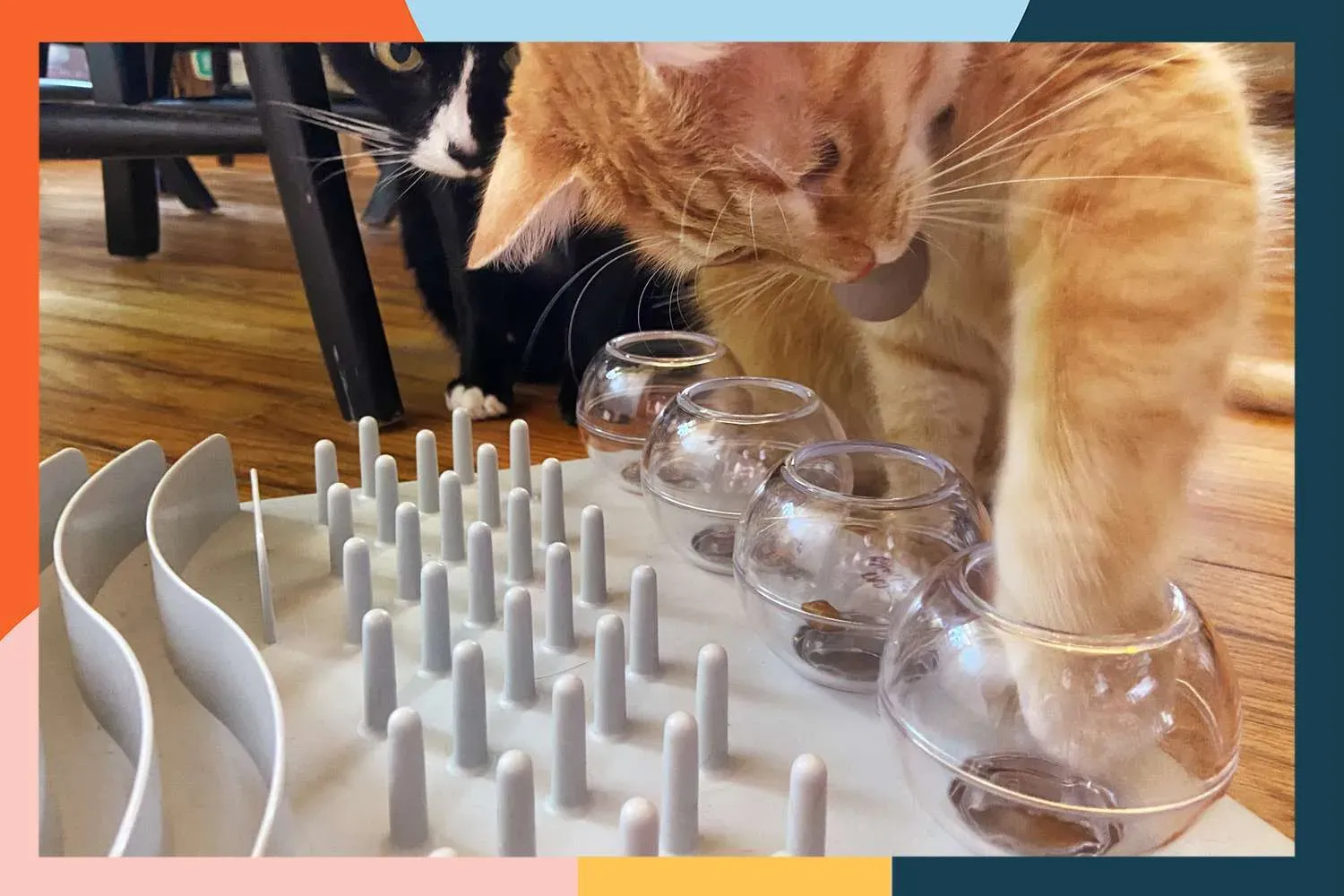Table of Contents
Let's be honest, your cat probably owns more territory in your home than you do. And when they're not napping in sunbeams or judging your life choices, they're often looking for something to do. A bored cat isn't just a sad cat; it can be a destructive cat. Your furniture might disagree, but that crumpled paper ball only holds their attention for so long. This is where the right kind of stimulation comes in.
Why Your Cat Needs More Than a Cardboard Box

Why Your Cat Needs More Than a Cardboard Box
The Sad Reality of Simple Boredom
Sure, they love a good box. Who doesn't? It's a fort, a hiding spot, a place to pretend they're invisible ninjas. But let's be real, a cardboard box, or a stray bottle cap, or even that expensive crinkle tunnel they ignored after day one, offers about five minutes of actual engagement. After that, it's just... furniture. Your cat is hardwired for hunting, stalking, problem-solving. Their tiny brains need more stimulation than static objects provide. Relying solely on passive entertainment is like giving a kid a rock and telling them to have fun – they might poke at it, but it's not exactly building critical skills or burning off energy.
Boredom Breeds Bad Behavior
A cat with nothing to do is a cat looking for a job. And that job often involves things you don't want them doing. Clawing the sofa? That's redirected hunting instinct. Knocking things off shelves? Probably just testing gravity, but also a cry for attention or stimulation. Aggression towards you or other pets? Stress and pent-up energy manifesting poorly. Ignoring the fact that your cat needs more than a cardboard box isn't just unfair to them; it's setting yourself up for chewed cords, shredded curtains, and midnight zoomies that sound like a herd of elephants. Providing proper outlets is preventative care for both their mental health and your home's structural integrity.
Signs Your Cat Might Be Bored
- Excessive grooming (leading to bald spots)
- Destructive scratching or chewing
- Increased aggression or irritability
- Overeating or loss of appetite
- Excessive vocalization (meowing constantly)
- Seeking attention in disruptive ways
- Lack of interest in normal activities
What Makes the Top Interactive Cat Toys a MustHave?

What Makes the Top Interactive Cat Toys a MustHave?
So, why exactly are the top interactive cat toys more than just frivolous purchases? Because they tap into the fundamental wiring of a cat's brain. These aren't just objects to swat; they are simulations of the hunt, the chase, the puzzle. They provide the mental workout that a sedentary indoor life often lacks, forcing your cat to think, plan, and react. This kind of engagement isn't just about burning calories; it's about fulfilling their instinctual drive, which leads to a happier, more balanced feline resident. Think of it as cross-training for their predatory skills, keeping them sharp, satisfied, and less inclined to use your curtains as a climbing wall or your ankles as prey.
Exploring Different Types of Top Interactive Cat Toys

Exploring Different Types of Top Interactive Cat Toys
Puzzle Feeders: Making Mealtime a Game
Let's start with something practical, shall we? Puzzle feeders aren't just a way to slow down a scarf-and-barf kitty; they're legitimate mental stimulation. Instead of just dumping kibble in a bowl, these toys make your cat work for their supper. They might have to bat a ball, slide a panel, or fish treats out of crevices. This mimics the effort they'd expend hunting, turning a routine meal into a mini challenge. Watching them figure it out is surprisingly satisfying, and it prevents boredom from setting in during a significant chunk of their day. Plus, a cat focused on getting food out of a plastic contraption isn't plotting the demise of your houseplants.
Electronic Motion Toys: The Robot Prey
sometimes you just need a break. That's where electronic motion toys come in. These range from simple laser pointers (use these with caution and *always* end with a tangible reward so they don't get frustrated) to robotic mice that skitter unpredictably, or feathers that pop out of holes. The key is the movement. It's erratic, it's fast, it triggers that chase instinct. The really good ones have varied patterns or speeds, making it less predictable than a simple back-and-forth. They offer a solo play option, which is great for when you're busy, though nothing beats direct interaction.
Think of these as automated assistants in the war against boredom. They can keep your cat engaged when you're on a video call or, you know, sleeping. Just remember to rotate them so the novelty doesn't wear off. A toy that does the same thing every single time quickly becomes just another thing on the floor.
Toy Type | Primary Benefit | Engagement Style |
|---|---|---|
Puzzle Feeder | Mental stimulation, slows eating | Problem-solving, foraging |
Electronic Motion Toy | Independent play, triggers chase | Hunting, pouncing, tracking |
Wand Toy | Interactive bonding, high-energy chase | Stalking, ambushing, leaping |
Wand Toys: The Classic Hunter's Lure
Honestly, if you only buy one type of interactive toy, make it a wand. These are deceptively simple – a stick, string, and something fluffy or feathery on the end. But in your hands, that simple object becomes the most compelling prey imaginable. You control the movement, mimicking a bird, an insect, or a scurrying mouse. You can make it hide, dart, pause, and leap. This direct interaction is gold. It's not just exercise; it's bonding. You're participating in the hunt together, fulfilling their deepest programming. The variety in attachments keeps things fresh, too. Some cats go bonkers for feathers, others prefer crinkly things, or even just a simple piece of fabric.
Maximizing Playtime with Your Cat's Favorite Toys

Maximizing Playtime with Your Cat's Favorite Toys
Timing and Routine are Key
Alright, you've invested in some of the top interactive cat toys. Now what? Don't just dump them on the floor and expect magic. Cats thrive on routine, even when it comes to play. Aim for a couple of dedicated play sessions each day, ideally around the times they'd naturally be most active – typically dawn and dusk. Think about their wild cousins; they hunt when the light is low. Short, intense bursts of play are far more effective than leaving a toy out 24/7. A 10-15 minute session where you're actively engaged with a wand toy, mimicking prey movements, is worth hours of a cat batting half-heartedly at a static object. Consistency signals to your cat that this is a predictable, fun part of their day.
Varying the time slightly keeps them on their toes, but having that general framework helps them anticipate and get excited. If you only bring out the electronic mouse when you're trying to distract them from something else, they'll figure it out. Make playtime a priority, not an afterthought. This isn't just about wearing them out; it's about building a bond and fulfilling their innate needs. A tired cat is often a happy cat, and a cat that trusts you as a playmate is less likely to see your feet as potential targets.
Rotate Your Arsenal and Make it Exciting
Even the best toy in the world gets boring if it's always available. Imagine eating your favorite meal every single day for a year. You'd get sick of it, right? Cats are the same. Keep a selection of your top interactive cat toys stored away and rotate them every few days or weekly. Bringing out a "new" old toy can reignite interest and make playtime feel fresh. It’s like giving them a mini-Christmas morning on a regular basis.
Beyond rotation, make the play itself dynamic. Don't just dangle a wand toy in their face. Drag it under rugs, hide it behind furniture, make it skitter and dart like real prey. End the play session on a high note – let them "catch" the toy. This completes the hunt cycle and provides a sense of satisfaction. Follow up the catch with a small treat or their meal. This simulates the reward of a successful hunt (the meal) and reinforces the positive association with playtime.
- Store toys out of sight when not in use.
- Introduce "new" toys regularly by rotating.
- Mimic realistic prey movements during wand play.
- Allow your cat to "catch" the toy at the end of the session.
- Follow playtime with a treat or meal to complete the hunt cycle.
More Than Just a Toy: Investing in Feline Well-being
So, you've navigated the options, maybe picked up a laser pointer that doesn't immediately die, or a puzzle feeder that actually challenges rather than frustrates. The point isn't just to buy things for your cat. It's about providing opportunities for them to *be* a cat – to hunt, to solve, to expend energy in ways that satisfy their hardwired instincts. The right interactive toy isn't a magic bullet, but it's a crucial piece of the puzzle in keeping your indoor predator stimulated, healthy, and less likely to plot the demise of your favorite throw pillows. Consider it less an expense, and more a strategic investment in domestic tranquility and a slightly less chaotic companion.